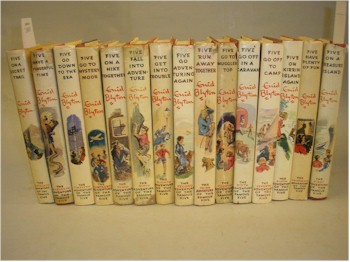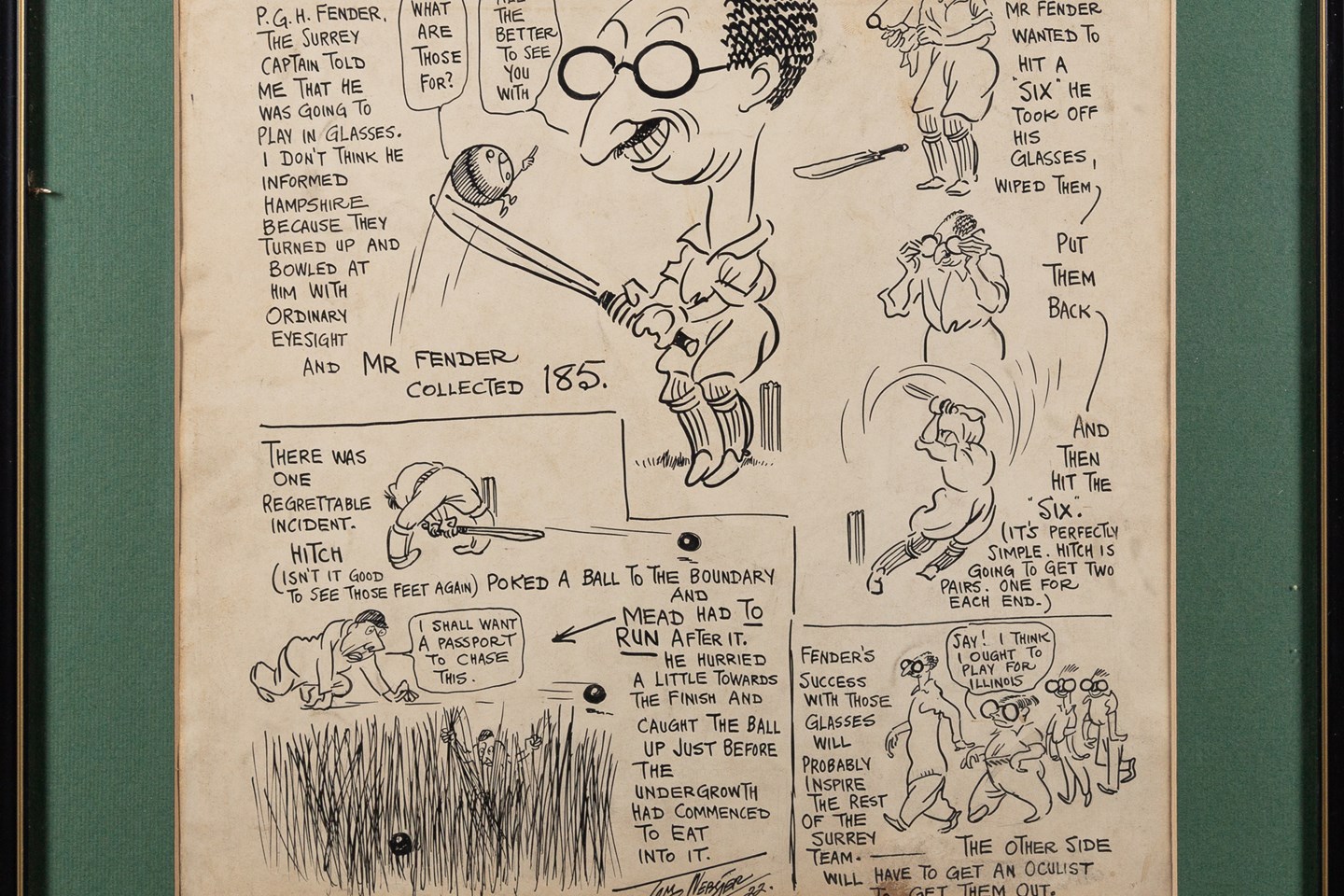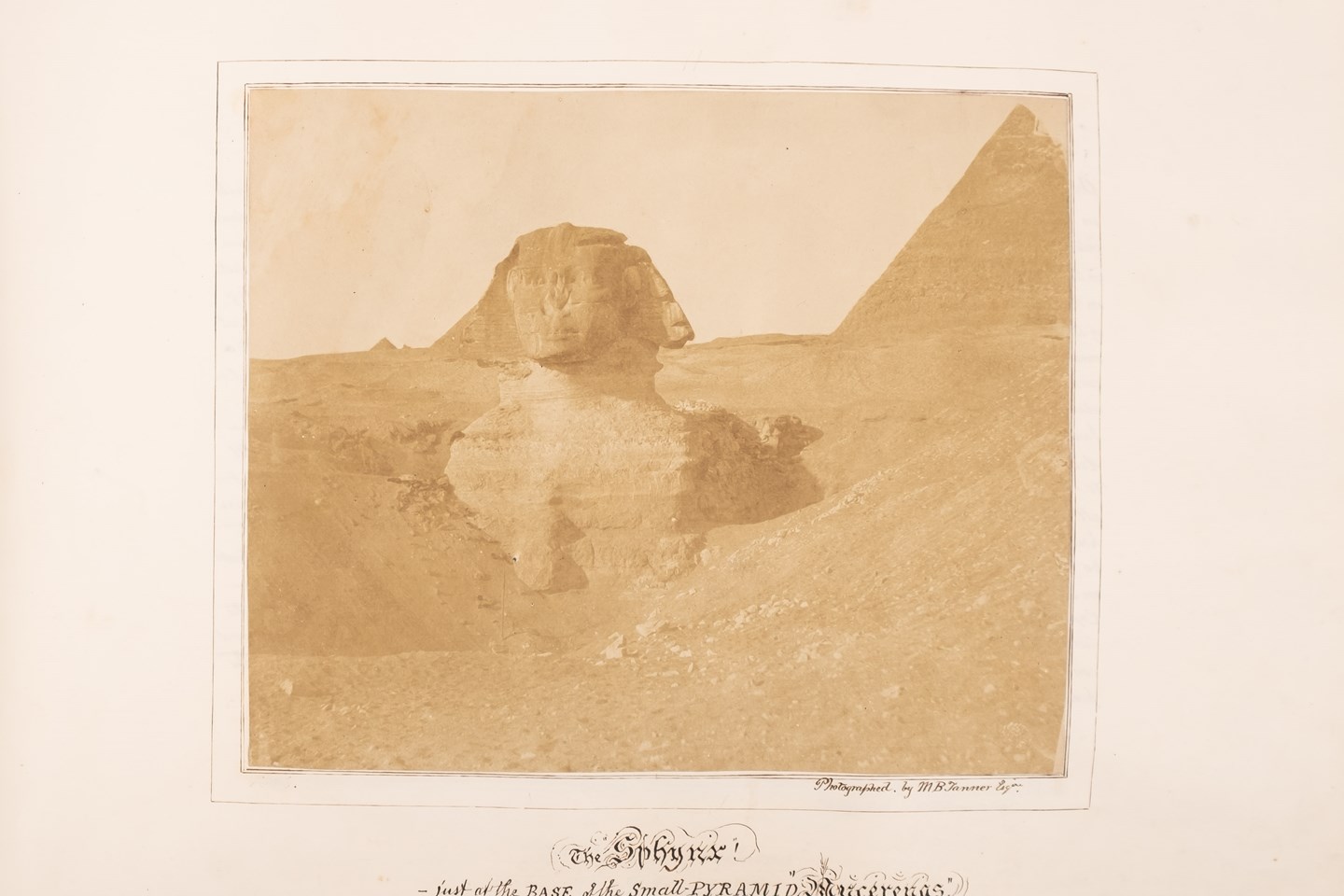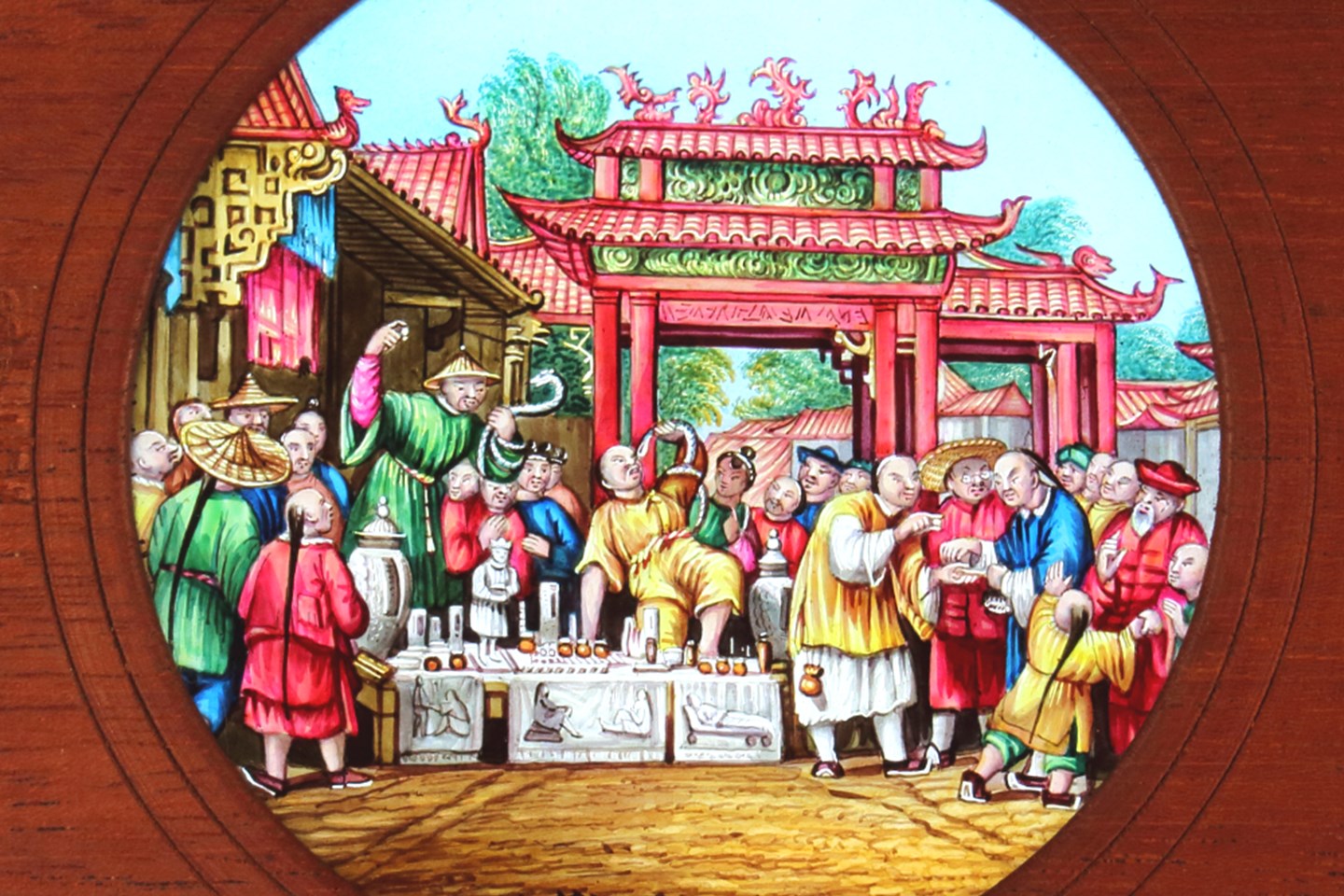
A set of Enid Bliyton Books.
Keen book collectors will tell you that the Holy Grail of any work is its First Edition in the earliest possible issue. So for instance with the works of Charles Dickens, most of his books were originally published in monthly parts. Therefore, you are looking for not only the work in its original parts but also the earliest issue of each part! This is a whole world of study on its own as these parts contained advertisements, which where updated as the parts were re-issued.
Less complicated 'issue points' are relevant to many first editions (Did you know, for instance that Charles Lutwidge Dodgson's name was mis-spelt 'Dodgeson' on the dustwrapper of the first edition of Tolkein's THE HOBBIT?) That's all it takes for a copy to increase in value enormously.
The importance of early editions to the collector seems to reflect a desire to get as close to the author's original intentions for their work as possible. Perhaps for the same reason, the study of the lives of one's favourite authors becomes very attractive as it adds another level of understanding of their work when you see what their life was (or is) like and what influenced them.
When I become attached to a particular author, I find myself intrigued by their life and start to read biographies and even the works of others in their circle. I have long been intrigued by the world of Oscar Wilde and though I can never meet the man, there is a wealth of literature relating to him, quite apart from his own work.
There are several biographies of him, as well as biographies of Lord Alfred Douglas, Robbie Ross, Constance Wilde and on and on. His son Vyvyan wrote a fascinating autobiography that gave a unique insight into the effects that the scandal surrounding Wilde had on those close to him. In reading these works, you can build a picture of the author from the point of view of those who loved him as well as those who certainly did not.
Furthermore, I tend to become fascinated by the homes of writers who are important to me. My home town of Torquay was one of the most fashionable places in the world in the late 19th century and attracted the great and the good from all walks of life. Agatha Christie's wealthy parents settled there and she has become eternally associated with the town. Sadly, her childhood home was demolished many years ago, but you can still get a taste of old Torquay in some of her writings and her autobiography. Greenway , her much-loved holiday home, of course remains and is a popular tourist destination.
Oscar Wilde also spent some time in Torquay at the home of Lady Mount Temple, who was a relative of his wife. The house, Babbacombe Cliff, still stands, although it is now divided into apartments. Yet even from the outside can you get a frisson from the Belle Epoque with Oscar and Bosie living it up in the last years before it all went wrong?
Others who lived-in or visited Torquay include Rudyard Kipling (who didn't like it), Elizabeth Barrett Browning (neither did she), Eden Phillpotts, Charles Kingsley and Beverley Nichols. I like to think they have all left their mark on the town and that the town has had some influence on their literature.
Slightly further afield I have been privileged to visit the home of EM Delafield in Kentisbeare where she wrote many of her novels including her most famous 'Diary of a Provincial Lady'. This semi-autobiographical work derives from her life as a middle-class housewife in the 1920s and 1930s and to visit the home which inspired her work was a thrilling thing to do.
I confess I have even made a pilgrimage to Beaconsfield and wandered into the little close of houses on which Enid Blyton's Green Hedges once stood.
- Bearnes Hampton & Littlewood
- First Editions
- Charles Dickens
- Charles Lutwidge Dodgson
- JRR Tolkein
- Lord Alfred Douglas
- Robbie Ross
- Constance Wilde
- Vyvyan Wilde
- Rudyard Kipling
- Elizabeth Barrett Browning
- Eden Phillpotts
- Charles Kingsley
- Beverley Nichols
- EM Delafield
- Enid Blyton
First Editions: The Literary Pilgramages of a Devon Boy was written on Friday, 19th December 2014.





